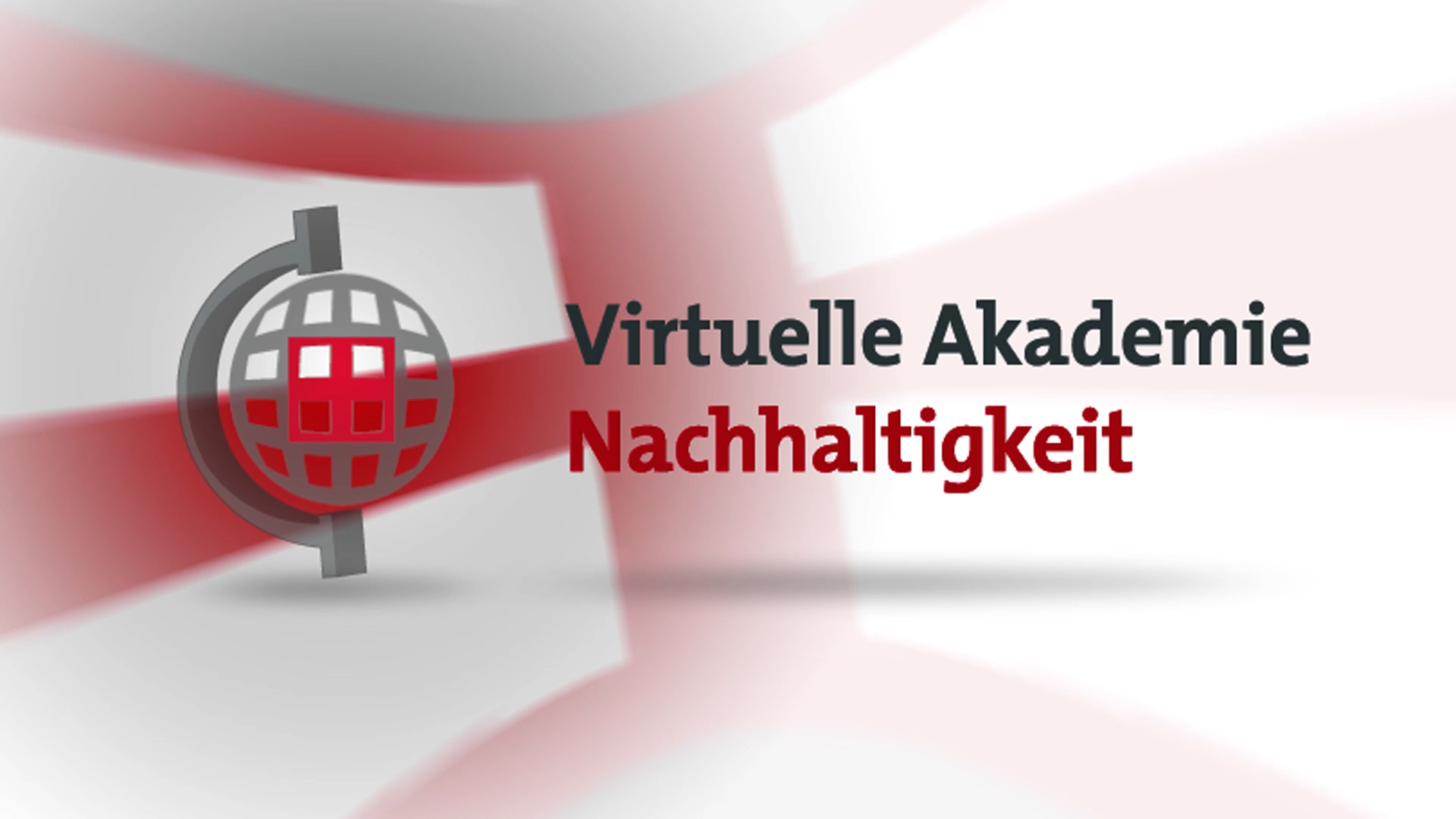Making Consumption Convenient
Overview, Learning Outcomes and Structure of the Lesson

Dimensions of Convenience

Convenience throughout the Consumption Process


Convenience through Co-Location and Impacts in the Supply Chain

Convenience via Delivery

Convenience via Availability

Retailing

During Product Use

Post-use for recycling, reuse or disposal

From Supply Chains to Supply Loops

Review and Discussion
- Why does the sustainability marketing mix focus on convenience rather than distribution?
- What environmental and social impacts are linked to the provision of convenience?
- For which types of products would you expect it to be most difficult to develop convenient post-use solutions for, and why?
Literature and References
Belz, F.M., Peattie, K. (2012): Sustainability Marketing: A Global Perspective, 2. ed., Chichester: Wiley, p. 255-274.
European Commission (DG ENV) (2009): Towards a Greener Retail Sector, report 500355/G4 by BIO Intelligent Service, Brussels/Paris.
It looks at a wide range of retailers and some of the strategies that they have adopted to develop more sustainability-orientated retail solutions.Warde, A., Shove, E. and Southerton, D. (1998), ‚Convenience, Schedules and Sustainability‘, ESF Workshop on Consumption, Everyday Life and Sustainability, Lancaster University, https://www.lancaster.ac.uk/fass/projects/esf/convenience.htm. It looks at convenience as an element of consumers‘ lifestyles and how we can try to make consumers‘ lifestyles both more sustainable while maintaining the convenience that consumers tend to demand.
|